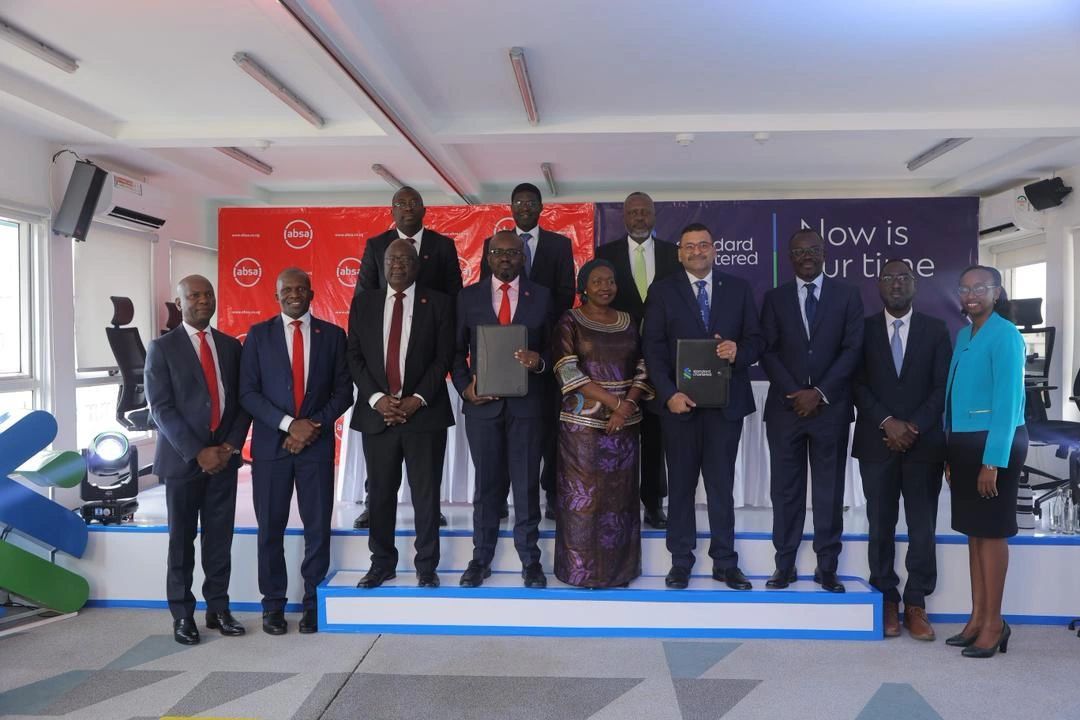The Uganda Microfinance Regulatory Authority (UMRA) has today unveiled new digital lending guidelines tailored for tier-IV microfinance institutions. This move underscores UMRA’s dedication to cultivating an environment conducive to the growth of the microfinance sector.
The guidelines represent a roadmap for navigating the intricacies of digital lending while prioritizing consumer protection, transparency, and equitable practices. They aim to equip tier-IV microfinance institutions with the tools to adopt best practices, manage risks, and promote responsible lending within the digital financial services landscape.
Key takeouts from the digital lending guidelines include:
1. Licensing of Digital Credit Providers:
- Digital credit providers must obtain licenses from UMRA to conduct digital lending activities.
- Applicants must meet fit and proper criteria, provide detailed information on their technology infrastructure, delivery channels, credit products, and comply with Anti-Money Laundering (AML) policies.
2. Governance:
- Emphasis on sound corporate governance principles, including ethics, risk management, and compliance with the law.
3. Credit Information:
- Requirement for the exchange of credit information and obtaining customer consent for sharing such data.
- Mandatory disclosure of positive or negative credit information to credit reference mechanisms.
4. Consumer Protection:
- Mandate for transaction receipts, prompt resolution of customer complaints, and ensuring system integrity.
- Transparent disclosure of terms and conditions, prohibition of false advertisements, and restrictions on variations of credit terms without customer consent.
5. Anti-Money Laundering (AML) Measures:
- Scrutiny of sources of funds, verification of customer identity, and compliance with AML legislation.
6. Oversight and Enforcement:
- UMRA’s authority to advise, direct, and impose sanctions on non-compliant digital credit providers.
- Regular reporting requirements and monitoring to ensure adherence to guidelines.
These guidelines are poised to drive positive change in Uganda’s microfinance landscape by fostering innovation, protecting consumers, and facilitating sustainable economic growth. UMRA anticipates that these measures will further amplify the transformative impact of microfinance in uplifting communities and nurturing entrepreneurship.
The digital lending guidelines mark a significant step towards harnessing the potential of digital finance to empower individuals and drive inclusive prosperity in Uganda.
For more information, visit UMRA’s official website or contact their regulatory offices.
Note: The guidelines are subject to periodic review by UMRA to accommodate evolving market dynamics within the tier-IV microfinance sector.











